Line25 is reader supported. At no cost to you a commission from sponsors may be earned when a purchase is made via links on the site. Learn more
Comic books and graphic novels are a form of art that represent stories, characters, and plot in a graphical way. Popular comics Marvel and DC have allowed the world’s best creators and storytellers to come together and form endless stories. These stories have managed to win many people’s hearts. There are so many comics that you should most definitely read. But, if you are a designer, you should know how to design a graphic novel that compels a reader to read. Moreover, the graphics you add in the book should lure a reader in.
In this blog, we are going to discuss the tips that help you design stunning graphic novels with specific tricks and tips. This blog lets you understand how you should design a graphic novel that stands out.
1. Brainstorming and sketching out the story:
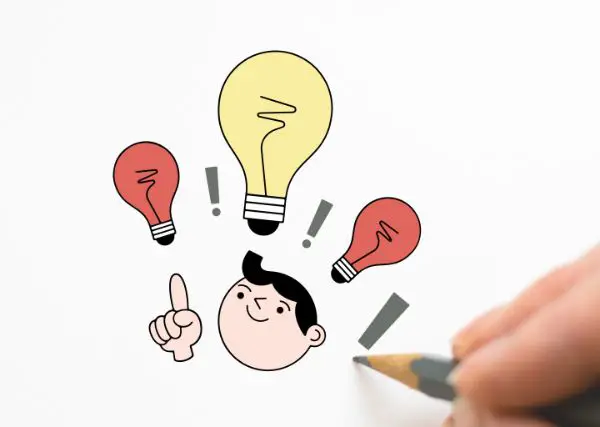
Developing a story is not an easy thing to do. And if you are about to design a novel, or create a series of novels, you should always have a well-planned story. Moreover, when you go ahead in the story, you cannot change the story in the previous settings, and hence, a nicely planned plot goes a long way. A graphic novel always consists of a story, along with drawings. These drawings should match the style and appearance of the characters of your story.
Hence, it is essential to start with brainstorming the story and creating a rough outline of your story’s characters. For instance, if your story begins with a superhero girl with a typical appearance, that should be depicted clearly. Suppose if the girl has a crooked nose for which she is mocked upon by her classmates, then that should come out in the sketching of the character. This is the phase where you give a rough idea to your story’s characters and their appearances. While creating human characters, you have to keep in mind the human body’s proportions.
2. Setting up the scene:
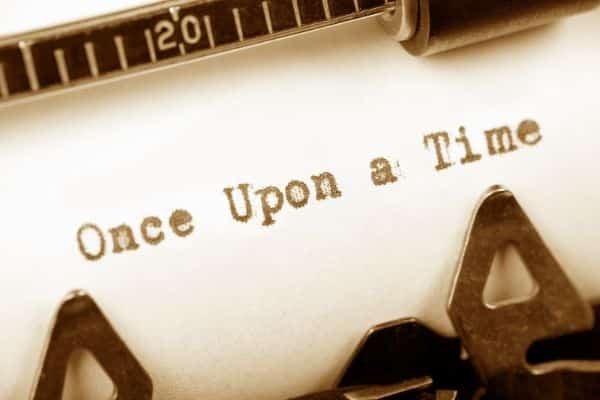
Here, you define the opening scene of a novel, where the novel starts telling you a story. This is the introductory scene that you have to pay a lot of attention because this scene sets the tone for the rest of the story. The first scene decides how the following settings can make up the story. Hence, the opening scene should have the largest image or graphic of the story’s central or lead character. You should be able to grab the reader’s attention through this scene. If you are successful with this scene, then you set the tone of the scene correctly.
If the story opens with an emotional scene, it should be nice enough to keep the reader gripped and intrigued. You can accomplish this using the right graphics and an exciting plot. Here, you have to decide which shapes and strokes look good according to your imagination. You have to see how and where the images should be placed. It is up to you to decide if you want to have an action scene, a funny or humorous scene, or want to open the story with the lead character. Here, you develop the opening scene with a pencil or a digital tool like an illustrator. You can use the tools that you prefer to develop the scene.
3. Storytelling process:
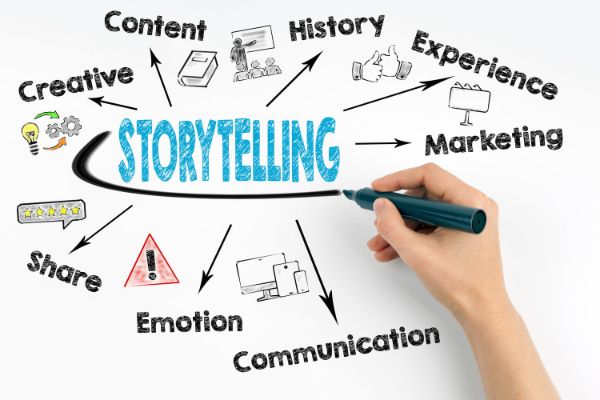
Once you establish a scene or a character’s presence in the opening scene successfully, you can now start telling your reader the story that you have. By the time you reach this phase, you have to be sure about all the characters of the story. Here, all the rough sketches have to be created perfectly using digital tools like Adobe Photoshop or Adobe Illustrator. You have to find out the right stroke size for your characters.
You can make sure that all the characters have a firm border and their appearances. Once you are done tracing the edges of the characters, you have to make sure that you leave the spaces for the text to go. Novels have texts along with the graphics, and you have to make space for the text. You can trace the borders using digital applications like Adobe Illustrator. This sets the beginning of your graphic novel. Along with the characters, you also need to have a strong storyline that goes along with the feelings of the story.
4. Writing the story:
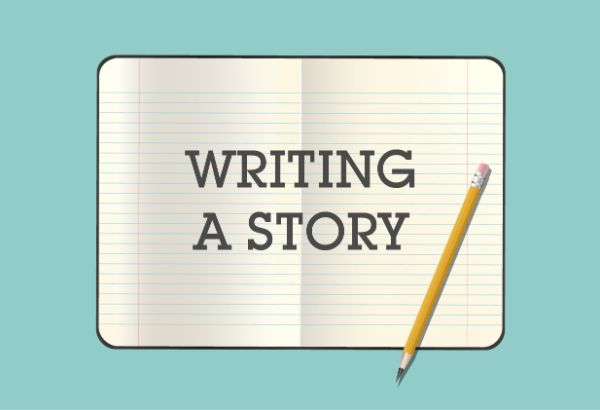
Some people prefer creating the graphics before they start writing the story while others develop the storyline and go on designing the pictures as the story advances. This is up to the artist’s choice as to how to proceed with the story of the novel and the graphics associated with it. If you create the graphics first, you have to keep track of the characters and their movement along with the story.
When you start adding the text with the graphics in your novel, you should use attention-grabbing sentences that provoke a thought process in your readers. You don’t have to add text to all the graphics. It is okay to leave the story up to the graphics to depict some part of the story.
5. Converting your story in the digital format:

It is your choice whether you want to convert the novel in the digital format. But if you need a digital form of your novel, you can take pictures of the graphics. These pictures can be rough drawings, or you can import them in the Adobe Illustrator and reduce their transparency. After this step, you can trace clean strokes of the edges of your characters and your graphics. This helps you bring clarity to your feelings and the illustrations of the novels.
You can develop the edges and the graphics using software applications like Adobe Illustrator or Adobe Photoshop. Also, you can use a digital pen to trace the edges of the rough copy of the graphics. Moreover, you can add colors to your characters and graphics if you are looking to develop a colorful graphic novel. This is how you create the first page of your visual novel. It is entirely your choice to see if you want to develop a colorful story or a black and white novel. You can also divide the graphics into different layers and change certain aspects of it.
6. Studying other graphic novels:
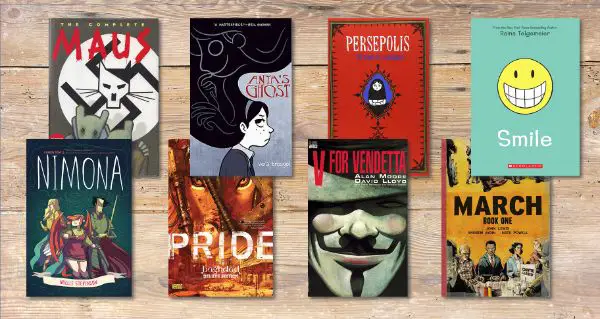
When you conceptualize the process of creating a graphic novel, and if it is the first time you are trying your hand on it, it is best to study other novels. Googling about famous graphic novels can help you see how artists have created graphics. You can see how these graphics have given these artists much needed fame and how that graphic novel turned into one of the bestseller graphic novels. If you are creating a graphic novel for the first time, it isn’t easy to understand the flow of the story and the graphics according to the story.
Hence, it is always a good idea to conduct an in-depth study of the existing graphic novels, which managed to earn a lot of appreciation around the world. You should always analyze the kind of graphics people use, or the kind of story people like to read. Researching and going through different graphic novels help you understand the type of illustrations you would like to have. Moreover, it also lets you analyze the plot of your graphics novel and gives you a chance to modify it to make it better.
7. Pick an exciting background for your novel:

So many people judge a book or a graphic novel by the kind of graphics the novel has to offer. Certain people are visual, and good graphics make a good novel for them. A graphic novel generally has two forms of visible setting: foreground and background. The backgrounds of the novel tend to reveal the setting of your story. It would be best if you always made it a point to keep the background of the story interesting enough to last it for the length of the book. So many writers tend to choose New York as the story background setting. This is because people all around the world fancy New York as a perfect location for specific situations.
Hence, it is essential for you to understand what kind of background you would like to build and how it can support your storyline. For instance, if your story revolves around science fiction, space or universe is the best setting to choose. If your story revolves around adventure and rugged environments, you can always look up to jungles and wild forests. This can help you set the story according to the background of the story.
8. Pay attention to the details:
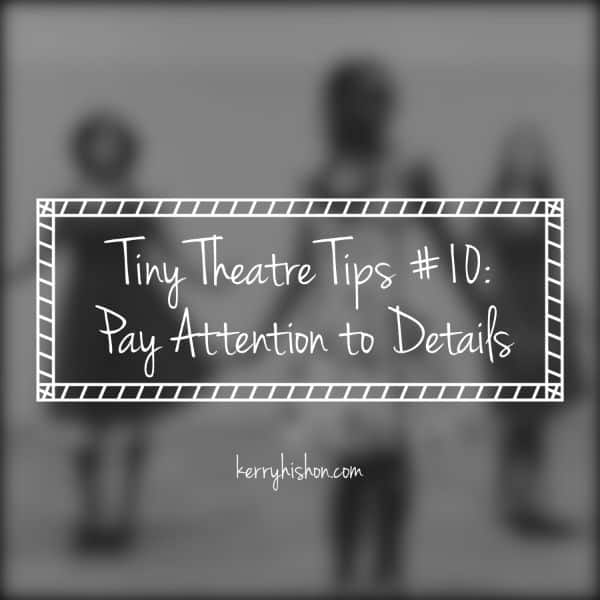
Your story should be interesting enough to keep the reader intrigued until the end. If you have been a story writer and a storyteller previously, and if this is your first graphic novel, you should address the story concerns in similar ways. Your story should have a lead character who spins the story, the supporting characters who support the lead character, and the villain against the lead. All these characters should be interesting enough to create an even intriguing story.
Any story is generally linear when it comes to novels. But if you want to make the story to reach new heights, you should always target three-dimensional plots. Three-dimensional storylines are stories that talk about all the characters individually. Moreover, each character receives proper attention from the storyteller and weaves a new part of the story with each character altogether. And since it is a graphic novel, each character can be as impressive as the main character. For instance, you can make a villain more good looking than the main character. There have been stories in the history that have seen villains win over the main character in terms of the story plot and the portrayal of the villain. You can also take this up if you would like to have an engaging plot for your graphic novel.
9. Plan the sequels:

As you finalize the plot of your graphic novel, you should always keep in mind if you want to have a sequel to the story, if the story turns out to be successful. You can also plan a limited series of graphic novels to keep it exclusive and enjoyable. Moreover, a limited series of your visual novel can make it more valuable for your readers. If you think you want to plan sequels, make sure your story is long enough to be divided into sequels.
You can always tell a graphic novel story in sequels if the story is exciting and long enough to keep it interesting. But if the story is being extended, make sure it is not bland and dull that the reader throws away the idea of reading it further. And if your story is not long enough to have sequels, make sure the short story is also interesting enough to keep the readers glued to the graphic novel.
Conclusion:
A graphic novel is a challenging thing to create, and it requires a combination of a writer and an illustrator to carry it ahead. There is a different mass of readers who like to consume and gobble up the graphic novels. Generally, people who are voracious readers don’t pick up graphic novels as often. Hence, it would be best if you always created a story that keeps the graphic novel readers interested. Apart from designing, this blog also guides you through creating a good storyline that keeps the readers intrigued. Hence, it is not always the graphics that turn a novel into a bestseller. But, graphics play a huge role in its success, along with a good plot of the story. Hence, the success of a graphic novel is in the balance between the graphics and the storyline. In the subject of graphics novel, one is incomplete without another. Therefore, as a writer, you should know how to strike the right balance between the graphics and the story accompanying it.
